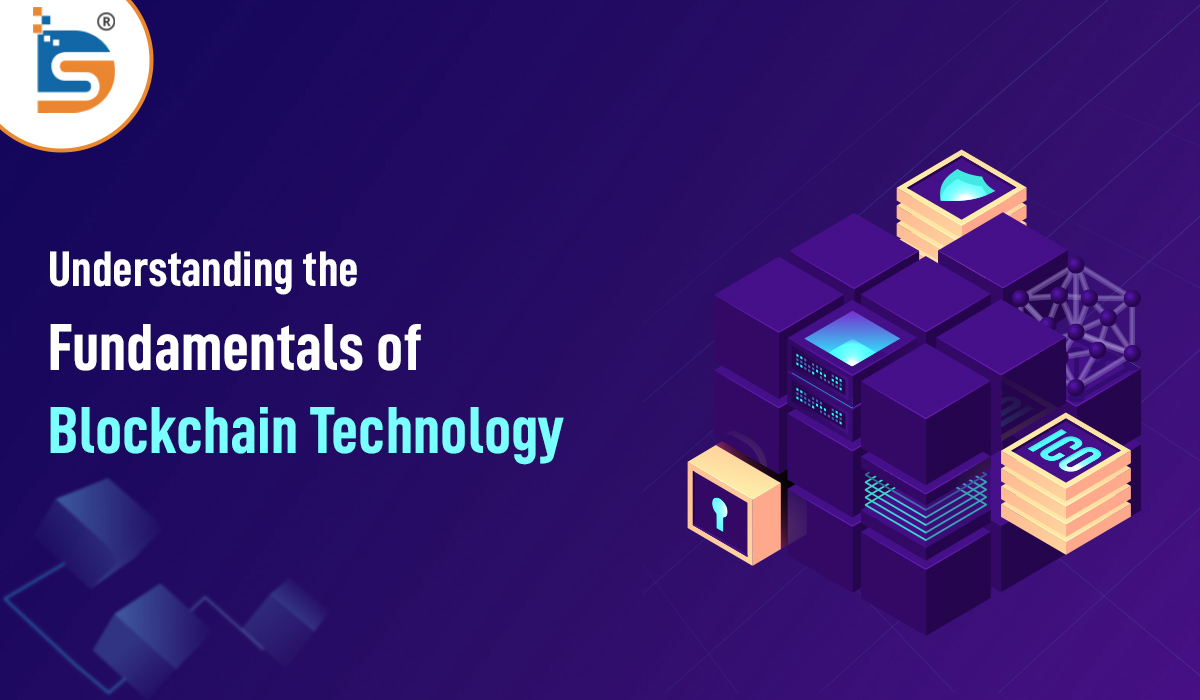Practical Mission of Blockchain

Strong 8k brings an ultra-HD IPTV experience to your living room and your pocket.
Today, one of the key questions of the Internet space is being resolved: will the ever-increasing army of decentralized platforms be able to completely displace their centralized competitors from their leadership positions? A quarter of a century ago, not only users, but even specialists, with the exception of a small number of enthusiasts, would not have associated the solution to the problems of Web 2.0 with decentralization. After all, centralized Internet platforms have become not only familiar and simple, but at the same time they offer a number of additional attractive solutions.
As a result, centralization on the Internet dominated for such a long time that, it would seem, no one paid attention to the fact that there are much more convenient options for creating services. Of course, it cannot be said that decentralized networks are a panacea for all the problems, but decentralization still offers more optimal options for various solutions in the web space.
One such solution is cryptosystems that can create diverse networks that belong not to individual monopolists, but to a community of users with equal rights. That is, web platforms that rely on decentralized blockchain systems come out on top. Integral parts of blockchain are smart contracts and decentralized applications (DApps). Of course, someone can create and launch DApps by themselves, but a much more effective option would be to interact with blockchain application development services.
Realizing the usefulness of this step, more and more software development companies have recently preferred to outsource some of their project development tasks to their outsourcers. At the same time, companies that provide such services often use the DevOps methodology to speed up development.
Blockchain applying examples
Since DApps are deployed on blockchain platforms, it would be logical to consider those areas of human activity in which the blockchain technology itself is used. And the first historical example of using blockchain immediately comes to mind: cryptocurrencies. The primacy here belongs to Bitcoin, which still remains the leader in capitalization.
However, there are already quite a lot of cryptocurrencies in operation, and more than 2000 more cryptocurrencies and cryptotokens are currently traded on various electronic trading platforms. As an example, we give a scheme for transferring funds in distributed systems. If one of the users of the blockchain network makes a transaction to transfer money, he publishes it on the Internet and this action is based on the computing resources which are distributed across different jurisdictions. If one jurisdiction refuses to process a transaction, this does not mean the end of the operation, since the transaction will be processed elsewhere. The transaction will be added to the blockchain and the funds will be used for their intended purpose.
It should be noted that as soon as a network user becomes the full owner and manager of his money, then all responsibility for its safety lies solely with him. What this means can be understood by comparing liability in a blockchain network with the traditional banking system.
If you lose your traditional bank card or PIN code, the bank will issue a new card and restore the PIN code. When storing cryptocurrency, if the personal cryptographic code is lost, then access to the wallet will be unavailable, which means the money will be lost forever. However, today appropriate programs have already been developed that allow the user to shift part of their responsibility for storing money to the system, similar to traditional banking.
The use of blockchain technology shows good results when working with various state and cadastral registers. There are many examples of fraudulent schemes when compiling various registers using traditional methods. Extracts from such registers can be falsified, the property may be burdened with problems, but there is no mention of this in the register, and therefore there is a high risk of litigation and additional costs.
When any property is registered via blockchain, all events associated with that property are recorded. Any user can easily check the authenticity of certain records online on the websites where the originals are stored. That is, the transfer of registry data via blockchain platforms is secure, transparent and convenient.
The main problem of blockchain
There are several open challenges facing blockchains, the main of them is scalability. Scalability can be increased by the expense of performance, and this applies, first of all, to public blockchains. Let's compare standard payment systems that operate with an average performance of 2000 transactions per second, and the popular blockchain platforms Bitcoin and Ethereum, which have an average performance of 7 and 50 transactions per second, respectively.
To be fair, it should be noted that one transaction in a traditional payment system, for example Visa, is not identical to one transaction, for example, Bitcoin. In Visa, a a single transaction involves one sender and one recipient, whereas in Bitcoin, a single transaction can involve many senders and many recipients.
But even with this proviso, Bitcoin's performance is much lower than Visa's. Regarding private blockchain platforms, the situation looks much better, since exclusive blockchains can operate with a performance of 3500 to 5000 transactions per second.
Note: IndiBlogHub features both user-submitted and editorial content. We do not verify third-party contributions. Read our Disclaimer and Privacy Policyfor details.







